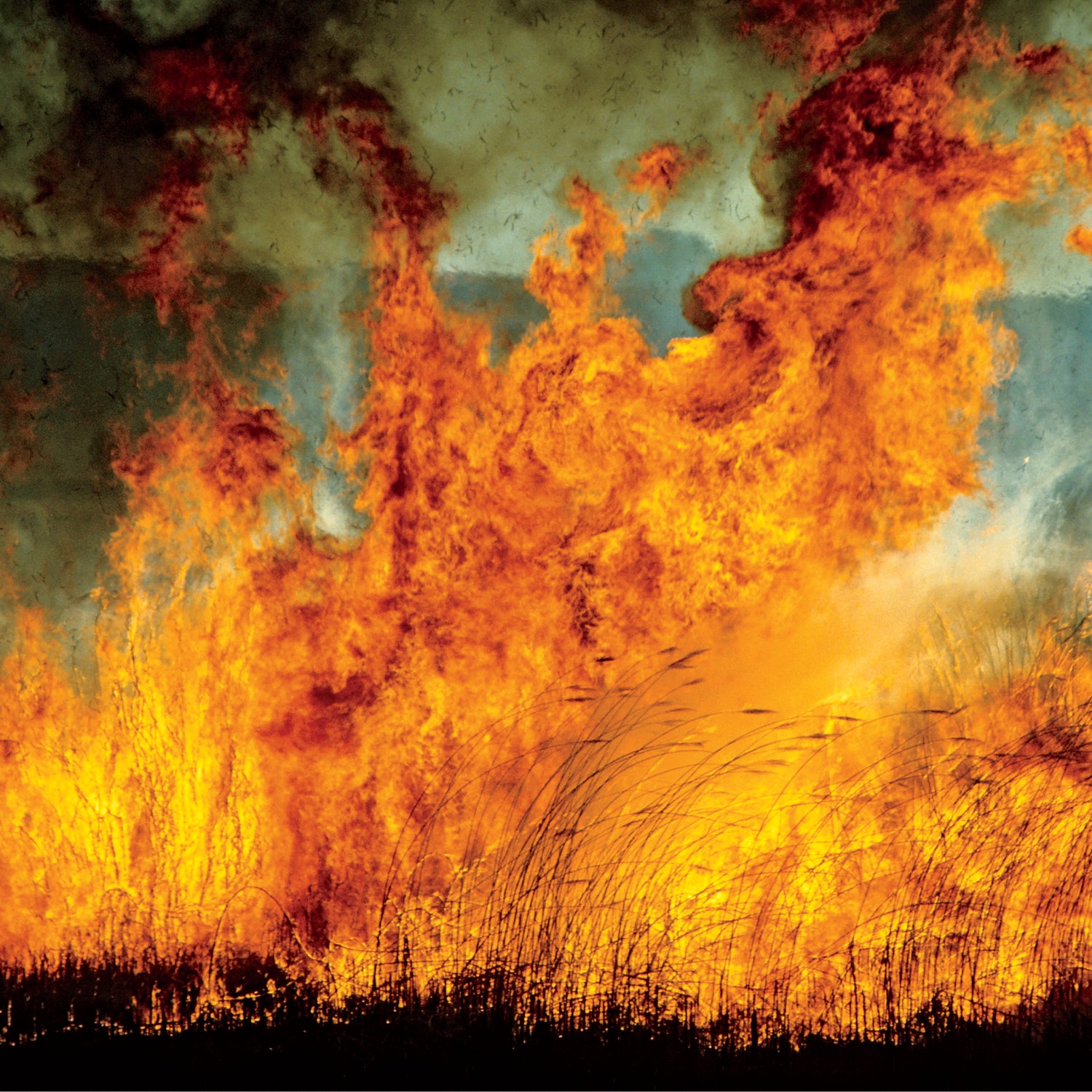Tom Scanlan’s house burned down on an early spring afternoon in March 2012. Just days before, the Colorado State Forest Service had set fire to the dangerously overgrown forest near the Lower North Fork of the Platte River, about 40 miles outside Denver. The controlled burn was supposed to stave off a future blaze; instead, warm temperatures and high winds fanned a wall of flames that —even those like Scanlan’s with defensible space. “They did a number of things wrong,” says the 69-year-old former aeronautics executive, “but the biggest thing was setting that fire in the first place.”
Each year, more people like Scanlan move into the so-called wildland-urban interface. Ten million new homes were built in these exurban areas between 2000 and 2010; over 30 percent of America’s housing stock is now in the WUI. That means a growing number of people risk evacuation, property loss, and death when these kinds of accidents occur.
In March of this year, high winds and temperatures in Red Lodge, Montana, forcing 500 skiers off the local ski area; another burn, in , quickly exploded into a 70-acre wildfire that required evacuation of 25 houses. The fires aren’t always so small. In 2000, the prescribed near Los Alamos, New Mexico, torched over 280 homes. While residents have sued government agencies over burns gone wild, it’s hard to prove negligence; it’s more common to receive a small payout through emergency funds. (Those affected by the North Fork fire that destroyed Scanlan’s home received approximately $18 million from the Colorado government.)
Not surprisingly, some homeowners have begun to question whether prescribed burns should be performed near populated areas at all. “The only reason that anybody gives for doing them is that it’s ‘natural,’” Scanlan says. “But it isn’t natural anymore. It’s where humans live.” State and federal agencies counter that other methods of mitigating fire risk—reducing the density of trees, clearing out dead brush—are expensive and time consuming. The cost of fighting fires in 2014 was more than $3 billion—twice what it was a decade ago—and agencies have responded to strained budgets by shifting their focus away from projects like thinning, which can run as much as $1,000 per acre, and toward controlled burns, which can be done for as little as $86 per acre.
Jay Stalnacker, the fire-management officer for Boulder County, Colorado, says that controlled fire is both cheaper and safer. “Wildfires are unpredictable,” he says. “They are more dangerous, more costly, and more complex to manage. With prescribed fire, we can use science, time, and weather.”
Except when things go wrong, which can easily happen in forests that are dangerously dense, thanks in part to a century of the Forest Service mandating that every fire be put out immediately. As a result, today’s tightly packed forests are primed to burst into flames, whether by lightning strike or government agency. And igniting they are, with a direct impact on homes: an average 2,600 structures were lost to wildfires each year between 1999 and 2011. Those numbers are made worse by a fire season that now lasts 205 days in the western U.S., about 78 days longer than in the mid-1980s.
That leaves homeowners in the WUI in an uneasy position: deal with controlled burns or move. As anxious as it makes residents, forestry officials like Stalnacker say the burns may be the only way to avoid a worse catastrophe. “I’m going to be as cautious as I can,” Stalnacker says. “What we’re doing is dangerous. It does have consequences, and we own those. But what if we don’t do it? Who’s going to own that?”


